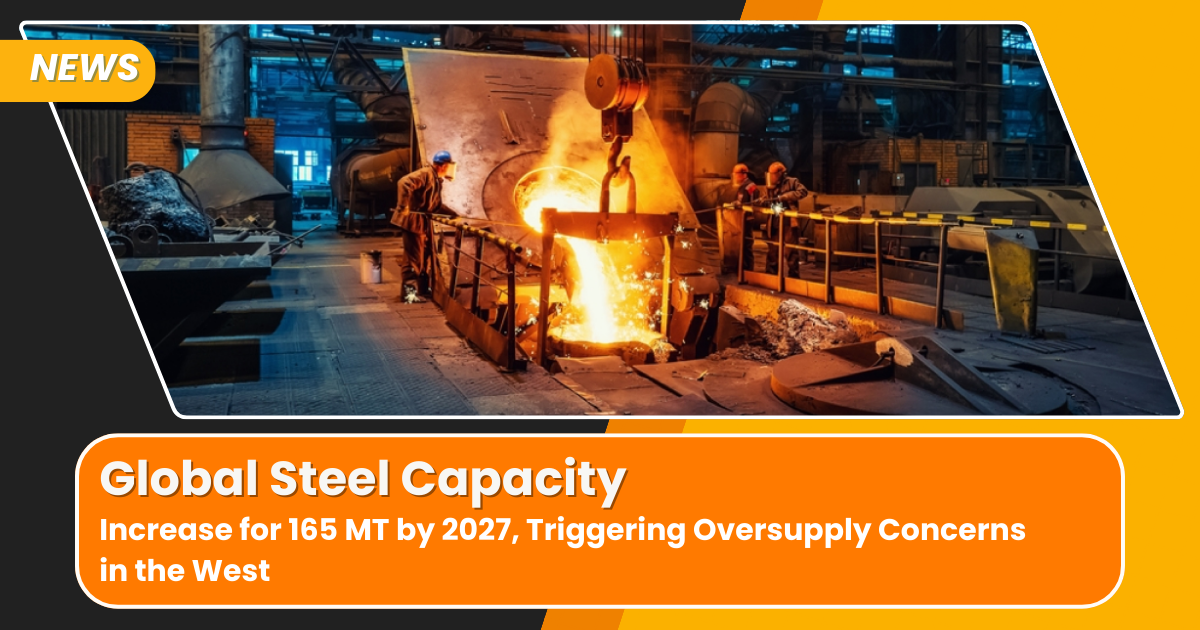India–US Trade Tensions Rise Over Steel and Auto Tariffs NMDC Limited reports a 38% drop in Q4 FY24 consolidated net profit RINL to Raise $23 Million Through Land Sales Amid Crisis

Global steelmaking capacity is projected to increase by 165 million tonnes (MT) by 2027, sparking alarm among Western economies over potential oversupply and trade imbalances. According to industry reports, most of this expansion will come from Asia and the Middle East, regions where demand is growing but also where governments are actively investing in new steel projects.
Analysts warn that the surge in capacity could intensify global competition, depress steel prices, and lead to higher exports from producing nations. The European Union and the United States have expressed concerns that unchecked capacity growth could disrupt markets and undermine domestic steel industries.
The expansion comes at a time when the global steel industry is already facing challenges such as decarbonization pressures, rising input costs, and fluctuating demand. While developing economies may benefit from increased supply for infrastructure and industrial projects, Western nations fear it may trigger protectionist measures, including tariffs and trade restrictions.
Experts suggest that unless balanced by demand growth or capacity closures in other regions, this surge could create long-term structural imbalances in global steel trade.
Also Read : Brazilian Slabs Gain Popularity Amid Rising U.S. Import Tariffs US Tariffs: India Mulls Steps to Save Steel Firms